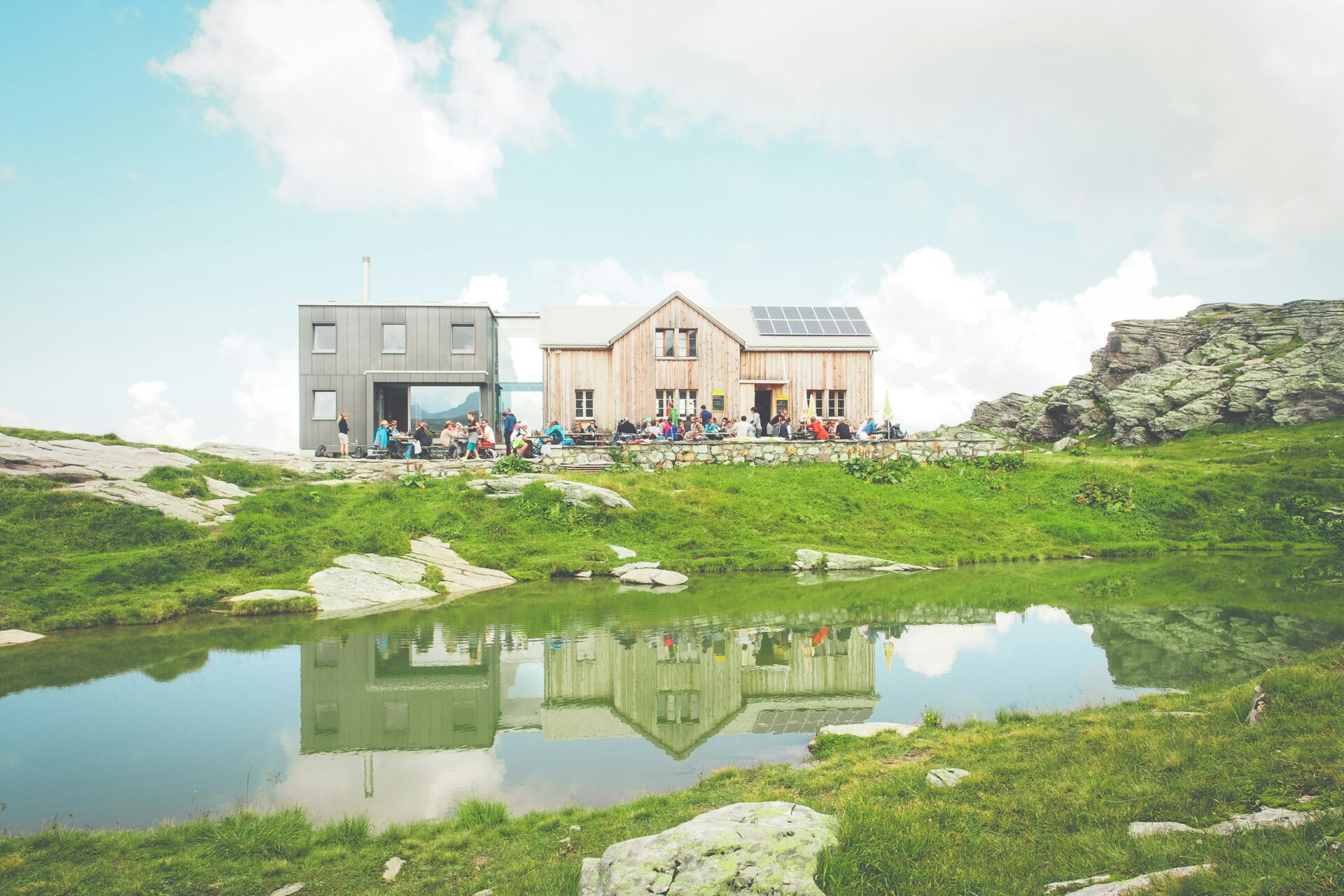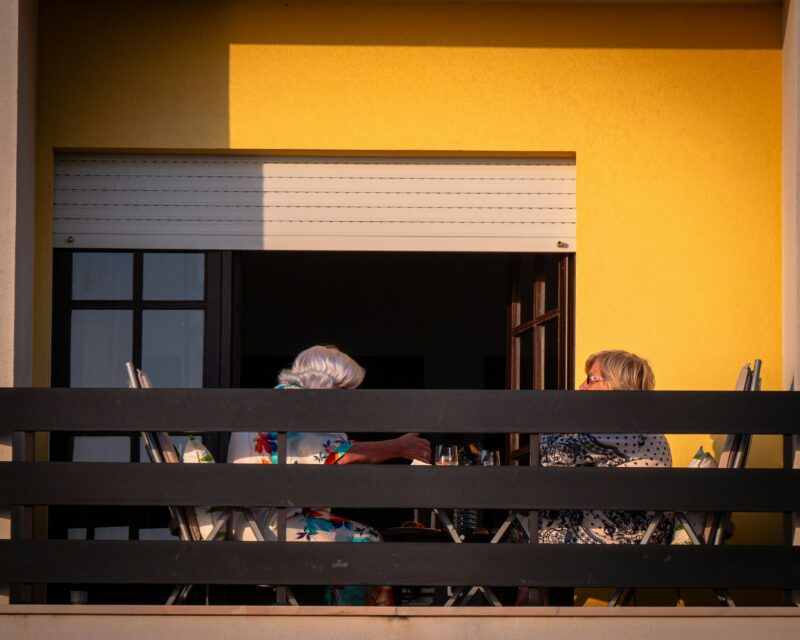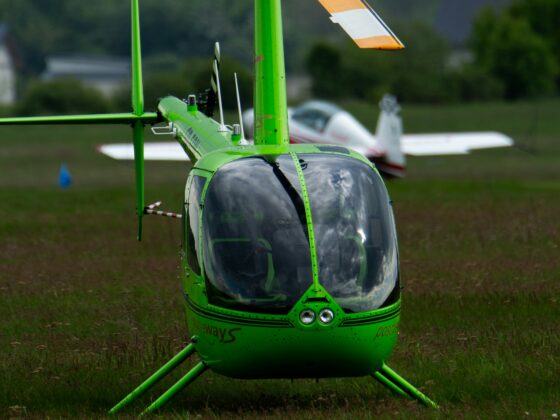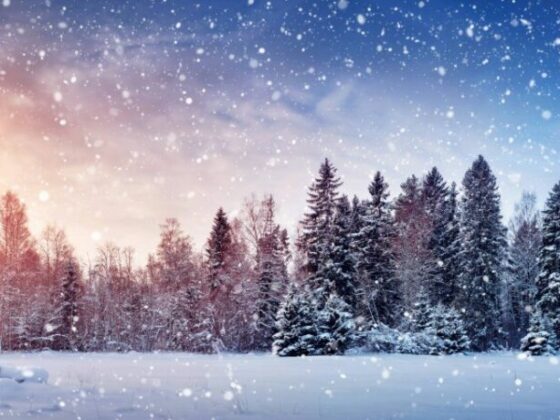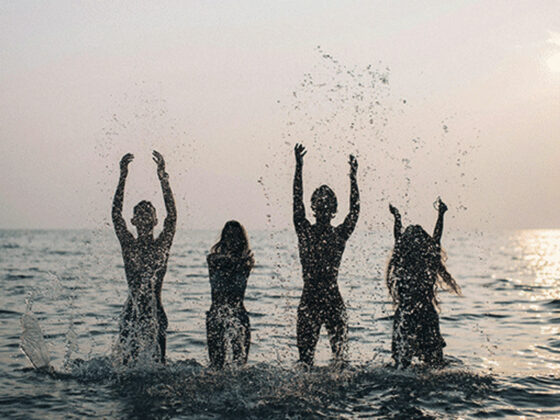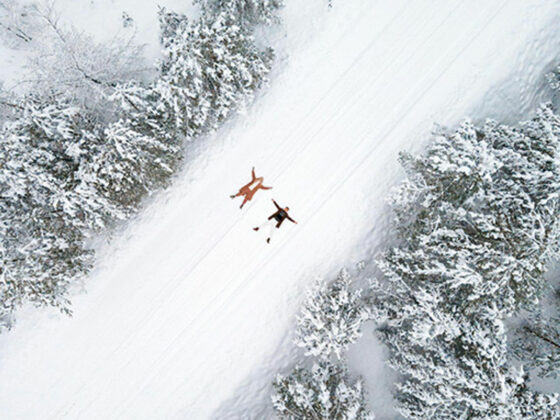The French outdoor hospitality sector is at a strategic crossroads. Behind the mixed results of 2024—marked by a decline in domestic overnight stays and rising demand for premium offerings—emerge the outlines of a sector in transformation. Faced with growing competition from neighboring countries, climate-related pressures, and the gradual erosion of its campsite stock, the industry must rethink its model. Modernizing the offer, strengthening regional attractiveness, and implementing structured public support are now more crucial than ever to safeguard this cornerstone of France’s tourism economy.
How is France’s outdoor hospitality sector performing?
A mixed 2024 season
After a record-breaking year in 2023, France’s outdoor hospitality operators had high expectations. Yet, the 2024 season did not meet them all. According to data from the National Federation of Outdoor Hospitality (FNHPA), the number of overnight stays at French campsites declined slightly by 0.3%, reaching 141.18 million.
This marginal drop is largely attributed to June and July, when unstable weather, legislative elections, and a late school holiday schedule discouraged many tourists. However, the strong performance in May and August—driven in part by a sharp increase in foreign visitors (+4.6%)—helped balance the season. In many regions, August 2024 was even reported as the most successful month on record.
Foreign guests accounted for 36.4 million overnight stays, making up 30% of total campground occupancy. Unsurprisingly, the growth was mainly driven by neighboring European countries, especially the Dutch (+7%). Meanwhile, domestic tourism saw a slight decrease (-1%).
Contrasting regional trends
Coastal campsites also saw a decline (-1%), though they still account for over half of total overnight stays. All coastal regions reported a drop, except Hauts-de-France (+2.7%), while Occitanie and Nouvelle-Aquitaine remained stable.
Unlike hotels in Paris, which benefited from the Olympic and Paralympic Games, campsites in the Île-de-France region did not follow suit, recording a significant decline in occupancy during the summer period (-8.8%).
Conversely, mountain destinations maintained their appeal, with a 5.3% increase in overnight stays from May to August, boosting Auvergne-Rhône-Alpes. Rural areas also benefited from this positive momentum (+1%), confirming a growing desire among campers to reconnect with nature.
Promising outlook for 2025
The 2025 season is off to a good start, with Easter weekend bookings already up by 1%. The school holiday calendar is more favorable this year, and both domestic and international demand is rising—especially among German and Italian travelers.
Although May and July are currently lagging slightly in terms of bookings, expectations for June and August remain strong. As in 2024, regional variations persist: the Mediterranean coast is ahead, while the Atlantic coast is slightly behind.
Only two regions—Centre-Val de Loire and Île-de-France—are reporting lower booking levels than in 2024, continuing the same trend as last year. In contrast, Provence-Alpes-Côte d’Azur, Hauts-de-France, and Auvergne-Rhône-Alpes are maintaining a positive trajectory.
While southern France remains the engine of outdoor hospitality, campers are increasingly exploring new types of destinations—likely influenced by climate change. According to FNHPA President Nicolas Dayot, the success of Hauts-de-France is also linked to an upgraded offering and active development by leading outdoor hospitality groups.
Who are the 21st-century campers?
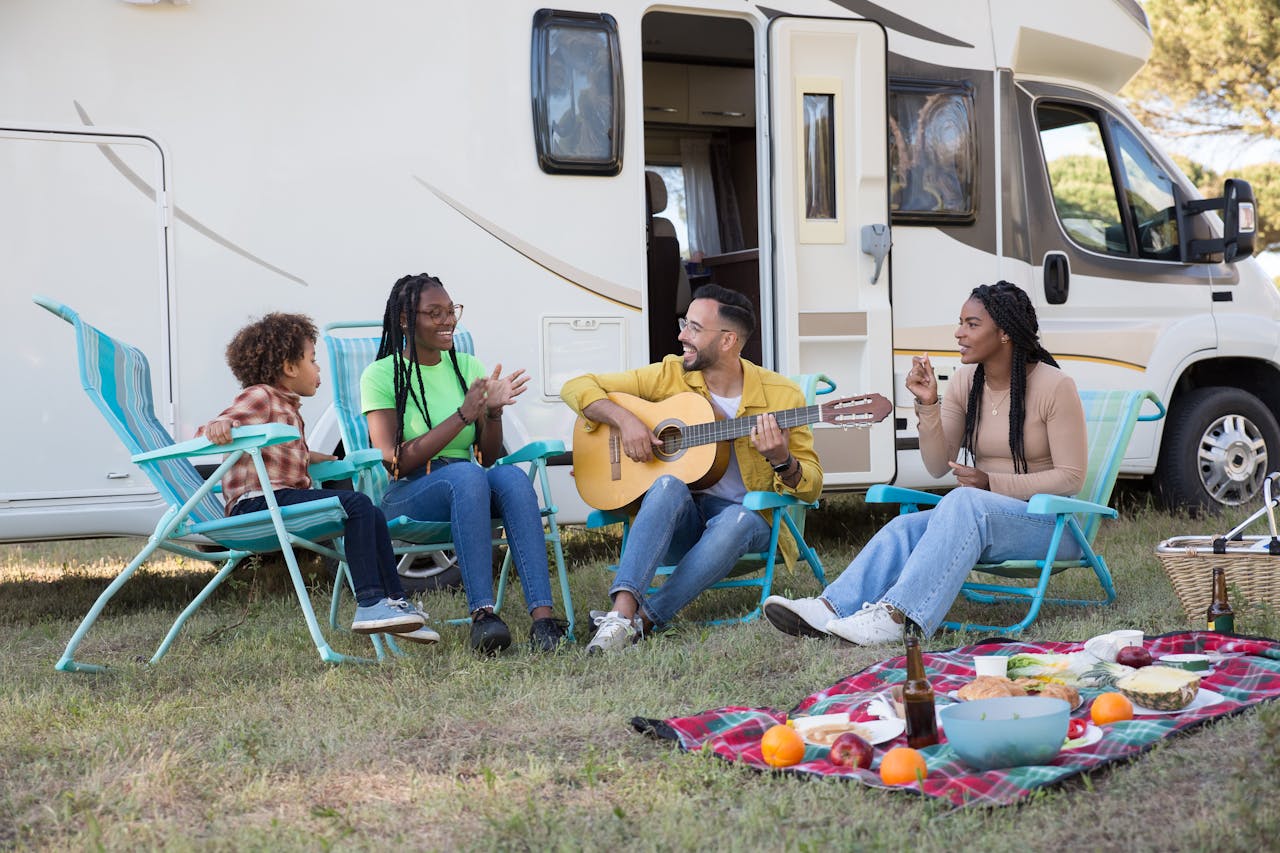
Value for money remains the top motivator
“Outdoor hospitality acts as a buffer against economic pressure for many households, enabling them to go on vacation despite tight budgets,” explains Jérôme Fourquet, Head of Opinion at IFOP, in a study commissioned by FNHPA.
It’s no coincidence that outdoor hospitality accounts for half of collective accommodation stays in France. Campsites offer affordable vacations to modest-income households. In a country where 40% of people don’t go on holiday each year, the sector plays a vital economic and social role.
So much so that 83% of respondents believe camping will become increasingly popular for financial reasons. Value for money is the top advantage cited (29%), followed by conviviality (19%) and freedom (14%), whether respondents are campers or not.
Among experienced campers, motivations include closeness to nature (32%), leisure facilities (30%), and home-like comfort (23%). Animation programs, all-inclusive packages, and habit follow closely (14%).
Campers also have a clear vision of what they want: access to swimming areas is essential (71%)—whether by the sea (47%) or via pools (43%). Comfortable rental accommodations are equally important (45%), while food service is a secondary concern (22%).
A traditionally popular and family-oriented clientele…
Families remain the core market for outdoor hospitality. Among those who stayed at a campsite in the past three years, 48% were families, and 57% of those had two or more children.
Camping is often a family experience passed down from generation to generation: 59% of campers discovered it through family vacations during childhood, and 33% say they have always vacationed exclusively in campsites.
Its strong value-for-money appeal explains why so many French people remain loyal to camping. This economic edge is particularly attractive to lower-income households—85% of whom have a positive view of the sector. While many inherited the habit from their parents, 46% of respondents now choose camping for financial reasons, having previously used other holiday options.
Yet today’s campers aren’t defined solely by socioeconomic background. Although many come from working-class segments, 77% engage in hiking and 73% frequently visit cultural and heritage sites—experiences they also expect to find during their camping stays (72%).
…but not exclusively anymore
Though outdoor hospitality is a key player in social tourism thanks to its affordability, it no longer caters solely to modest-income households. According to Pitchup, searches including the term “luxury” in relation to campsites surged by +2,253% in 2024.
This trend is backed by increasing stays in 4- and 5-star campsites. According to INSEE, these premium categories accounted for 63.6 million overnight stays in Q3 2024, up 1.4%. They now represent 61% of all campground nights.
The growing demand for comfort is also reflected in the success of fully equipped pitches, which rose by 2% during the 2024 peak season, reaching 69 million stays. Meanwhile, basic (non-equipped) pitches slightly declined (-1%).
How is France’s outdoor hospitality sector really doing?
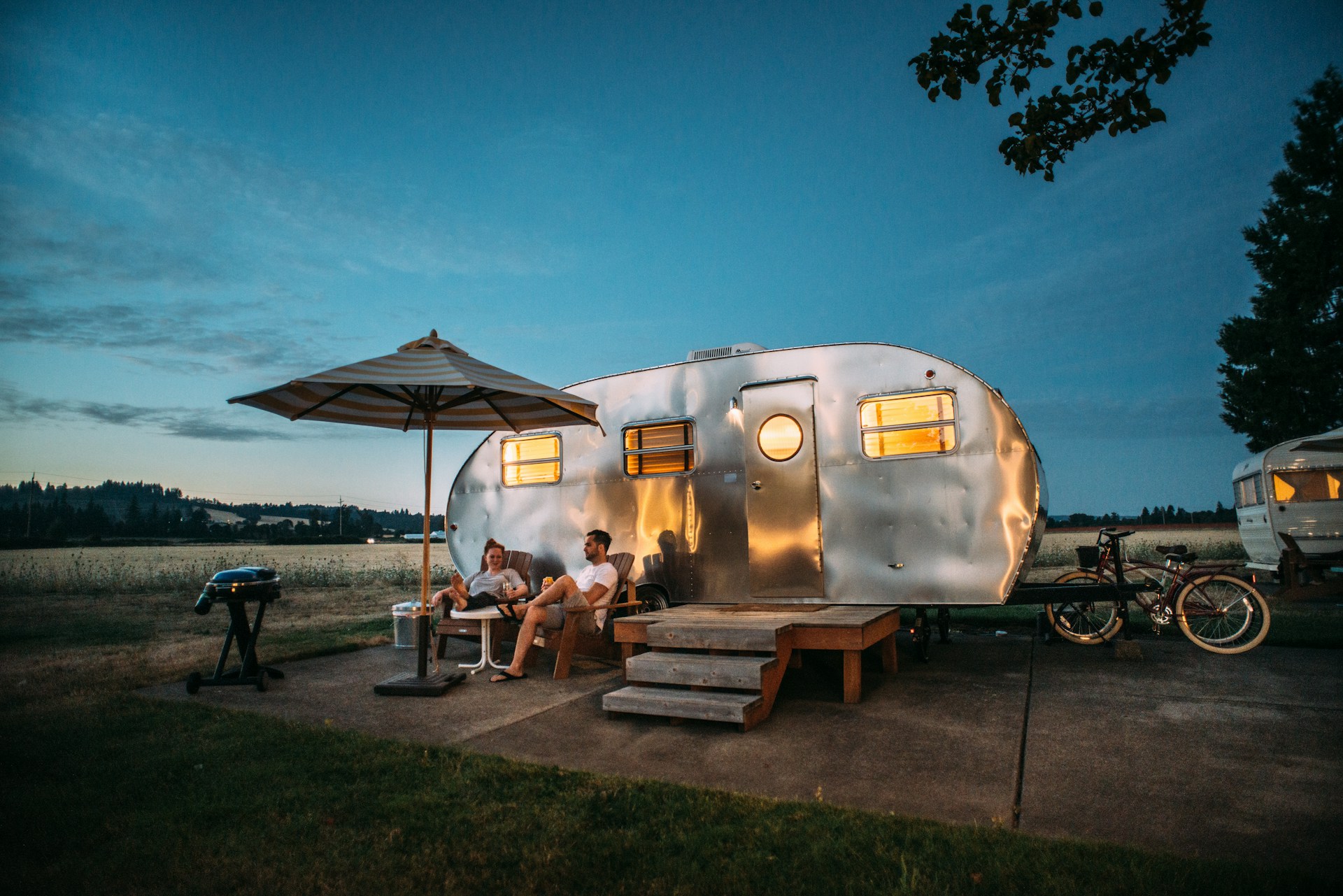
Warning signs of tourism downgrading
“2025 marks a turning point,” warns Nicolas Dayot, referring to France’s slipping position in global tourism. In 2024, Italy overtook France in total tourist nights, pushing it into third place in Europe.
Germany is now close behind, while nearly all other European countries posted year-on-year growth in 2024—except France, which saw a -2.2% decline, according to Eurostat.
Once the uncontested leader in European tourism, France is now facing tough competition, especially from Spain and Italy, which have benefited from targeted investments, modernized infrastructure, and ambitious public support.
Dayot urges a coordinated effort between industry stakeholders and government to prevent further loss of market share. Without corrective action, France could face lasting downgrading, threatening thousands of jobs and weakening a vital economic pillar.
He also stresses the need for a comprehensive national tourism strategy. The FNHPA highlights outdoor hospitality’s key role in sustaining tourism numbers—adding nearly 40 million nights since 2010, thus offsetting a sharper national decline.
A shrinking market year after year
France’s outdoor hospitality stock is the largest in Europe and second only to the U.S. globally. The sector accounts for nearly half of the country’s summer overnight stays. Yet, it is more fragile than ever, with a steadily declining number of campsites.
According to the FNHPA, France has lost nearly 1,600 campsites since 2000—dropping from over 9,000 to just 7,400 today.
This trend runs counter to the rest of Europe, where campsite numbers are stable or growing. Worse, of the 7,460 remaining sites, only 4,000 are considered high-performing.
Roughly 3,000 French campsites have fewer than 70 pitches, most of them municipally owned—and it is these small sites that are most at risk. Aging facilities and outdated branding mean they no longer meet the expectations of today’s campers.
Environmental and climate-related constraints will only worsen in the decades ahead. “Climate change could be devastating for the sector,” warns Dayot. Regulatory hurdles further complicate the creation or expansion of sites, raising the stakes for operators who are counting on government support.
The FNHPA is working alongside industry players to halt this downward spiral, notably through a support plan co-financed by the Banque des Territoires. The goal: to revitalize small campsites that remain key to offering a diverse and accessible tourism landscape.
See you next week for the continuation of this analysis of developments in the outdoor hotel industry, with a focus on the structuring of the offer, between the rise of groups and networks and the massive arrival of investment funds.

![]()
Fédération Nationale de l’Hôtellerie de Plein Air (FNHPA)
Site / Activité touristique
-
France

